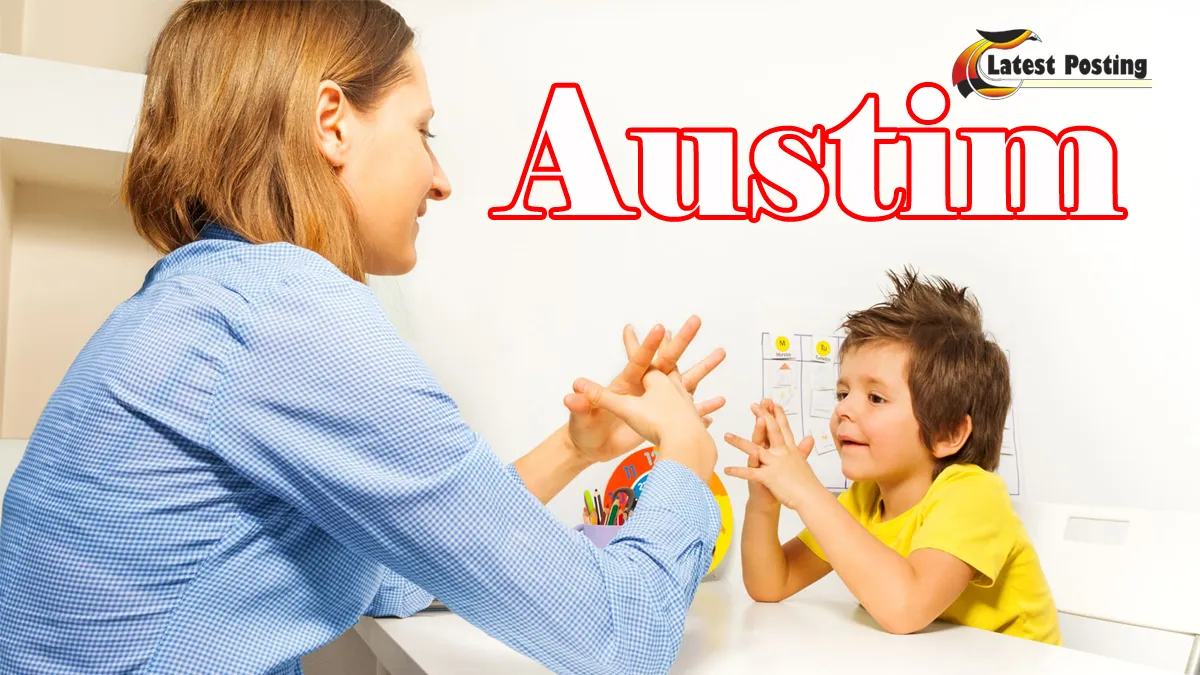For many with autism as a neurodevelopmental condition, feelings can become overwhelming. For some, those feelings are expressed through anxiety or a meltdown of emotions; others may react in the opposite manner—by shutting down emotionally. This response, although less overtly apparent, is no less essential to identify and support.
When someone with autism feels overstimulated or overwhelmed, they may shut down inside as a protective mechanism, which is known as an emotional shutdown. They can become unresponsive, withdrawn, or seem “numb.” It’s not a matter of not having feelings—it’s a matter of having too many too quickly with nowhere to sort through. Interpreting this response is essential in establishing understanding environments and selecting the appropriate autism treatment or autism therapy to assist individuals in moving within their emotional landscape more easily.
What Does an Emotional Shutdown Feel Like?
Emotional shutdowns in autism may appear in varying forms based on the individual’s age, personality, and sensory type. Some typical indicators are
- Sudden withdrawal or quietness
- Shunning eye contact or physical proximity
- Flattened emotional expression
- “Freezing” in place or becoming nonverbal
- Disregarding or being unable to reply to talk
- Physical immobility or repetitive calming behaviors
Teachers, parents, and other carers may find this confusing. It may look like disinterest, rudeness, or even defiance—but it is frequently a coping mechanism due to overwhelm.
Why Emotional Shutdowns Occur?
Autistic people frequently have difficulty with sensory and emotional sensitivity. Busy situations, loud noises, complicated social situations, or even mild changes in routine can cause stress overload. When emotional regulation becomes too challenging, shutdown is the brain’s method of pressing the “pause” button.
This reaction can be attributed to
- Sensory overload
- Social exhaustion
- Difficulty recognizing and expressing feelings
- Anxiety or fear of being judged
- Experiences of having been misunderstood
- Invalidation
That’s why mental health-informed treatment of autism is so important—it addresses not just behavioural deficits, but emotional strength and psychological safety.
How Autism Therapy Facilitates Emotional Regulation?
Fortunately, emotional shutdowns are treatable—even avoidable—with proper therapeutic intervention. Autism therapy can provide individuals with skills to navigate emotions, express needs, and minimise the internal tension that triggers shutdowns.
Some effective therapy strategies include
- Cognitive Behavioral Therapy (CBT)
Through Cognitive Behavioural Therapy (CBT), a person can recognise how ideas impact feelings and actions. CBT modified for autism uses visual aids, tangible examples, and repetition to instruct:1
- Emotional awareness
- Self-regulation techniques
- Coping skills for overstimulating circumstances
- Identification of shutdown triggers and patterns
Adults with autism, teenagers, and older children may benefit most from cognitive behavioural therapy.
2. Occupational Therapy
Most emotional shutdowns are caused by sensory overload. Sensory sensitivities are identified, and strategies such as
- Designing calming sensory routines
- Employing weighted blankets, fidget tools, or noise-canceling headphones
- Teaching self-sensing of sensory limits
Emotional regulation is enhanced significantly when sensory needs are fulfilled.

3. Speech and Language Therapy
If a person is having difficulty with verbal expression, this can compound frustration in the midst of emotions. Speech therapy assists
- Increased vocabulary for emotions
- Use augmentative communication aids (such as PECS or speech output devices)
- Gain confidence in communicating safely with feelings
This autism therapy helps people communicate before shutdowns occur.
4. Family and Caregiver Training
In some cases, the solution to lessening shutdowns involves modifying the settings. Therapists frequently engage with families to:
- Identify early warning signals of shutdowns
- Prevent typical triggers
- Respond with empathy instead of pressure
- Develop “safe spaces” for emotional recovery
Family education is an essential component of autism treatment, particularly for children.
Establishing Long-Term Emotional Resilience
Recovery from shutdowns takes time, but with guidance, individuals become able to identify their needs and self-advocate. Essential components of long-term emotional resilience are
- Routine and predictability
- Safe means of saying “I need a break.”
- Regular monitoring of emotional state
- Time alone to wind down
- Regular therapy and mental health care
With practice, the occurrence and power of emotional shutdowns can be lessened, and an individual’s ability to deal with emotional issues increases.
Conclusion
Even though they are frequently misinterpreted, autistic individuals react differently to too much stimulation. Through the integration of individualised autism treatment and empathetic mental health strategies, individuals can learn to regulate their emotions in safer, more expressive manners. Whether you’re a parent, educator, or an adult on the spectrum, understanding and addressing emotional shutdowns is a vital step towards healthier communication and emotional well-being. With the right autism treatment, healing and growth are always possible.


